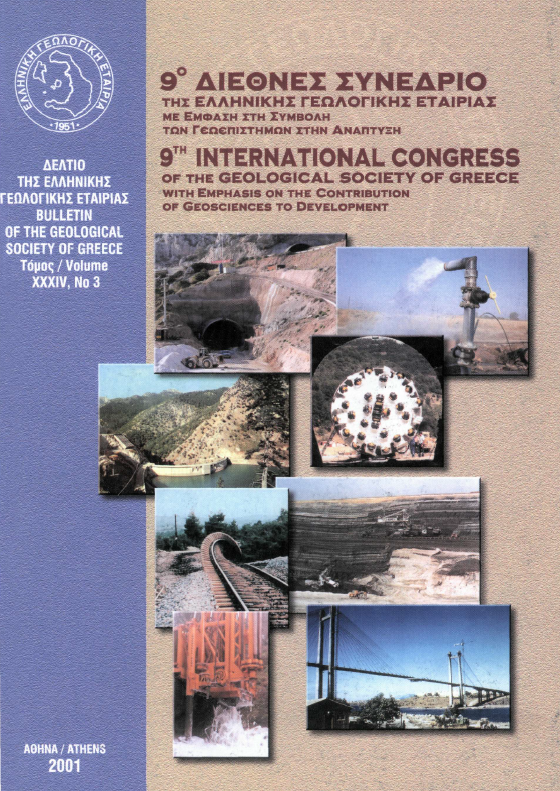The floating mire of Voulkaria lake (Prefecture of Aitoloakarnania

Abstract
The 940-ha-large Voulkaria lake is located in a Quaternary graben at the northwestern edge of Aitoloakarnania province, Western Greece. It is a shallow lake with a maximum depth of 2.5 m. A small fen forms at the southern shore of the lake. Neogene sediments (marls, sandstones and conglomerates) and alluvial deposits form the northwestern and southeastern parts of the graben, while red soils (terra rossa) cover the northern part. Helophytes thrive along the shore of the lake. The dominant species are Phragmites australis, Scirpus lacustris, Cladium mariscus, Typha spp., Salix spp. Helophytic vegetation also grows on a floating mat which consists of aquatic plants and roots of some helophytes. Peat displays a homogenous matrix. The degree of humification after von Post ranges between 7-8. The peat contains mainly fine roots, epidermic fragments of Phragmites australis, fruits and seeds from Cladium mariscus, Carex spp. and woody tissues of Salix spp. Moisture and ash contents lie between 56-82% and 37-63%, respectively. Palynomorphs of upland and helophytic vegetation were recognized in the sediments. Radiocarbon dating suggests that peat accumulation started some 1450 years ago. The floating mire of Voulkaria lake is one of the most important wetlands of Amvrakikos Gulf. It consists a unique ecosystem in our country, the conservation of which should be of high priority because of its ecological value.
Article Details
- How to Cite
-
ΜΠΟΥΖΙΝΟΣ Α., ΠΑΠΑΖΗΣΙΜΟΥ Σ., ΧΡΗΣΤΑΝΗΣ Κ., & ΤΖΕΔΑΚΗΣ Π. Κ. (2001). The floating mire of Voulkaria lake (Prefecture of Aitoloakarnania. Bulletin of the Geological Society of Greece, 34(1), 415–422. https://doi.org/10.12681/bgsg.17044
- Section
- Neotectonics and Geomorphology

This work is licensed under a Creative Commons Attribution-NonCommercial 4.0 International License.
Authors who publish with this journal agree to the following terms:
Authors retain copyright and grant the journal right of first publication with the work simultaneously licensed under a Creative Commons Attribution Non-Commercial License that allows others to share the work with an acknowledgement of the work's authorship and initial publication in this journal.
Authors are able to enter into separate, additional contractual arrangements for the non-exclusive distribution of the journal's published version of the work (e.g. post it to an institutional repository or publish it in a book), with an acknowledgement of its initial publication in this journal. Authors are permitted and encouraged to post their work online (preferably in institutional repositories or on their website) prior to and during the submission process, as it can lead to productive exchanges, as well as earlier and greater citation of published work.






